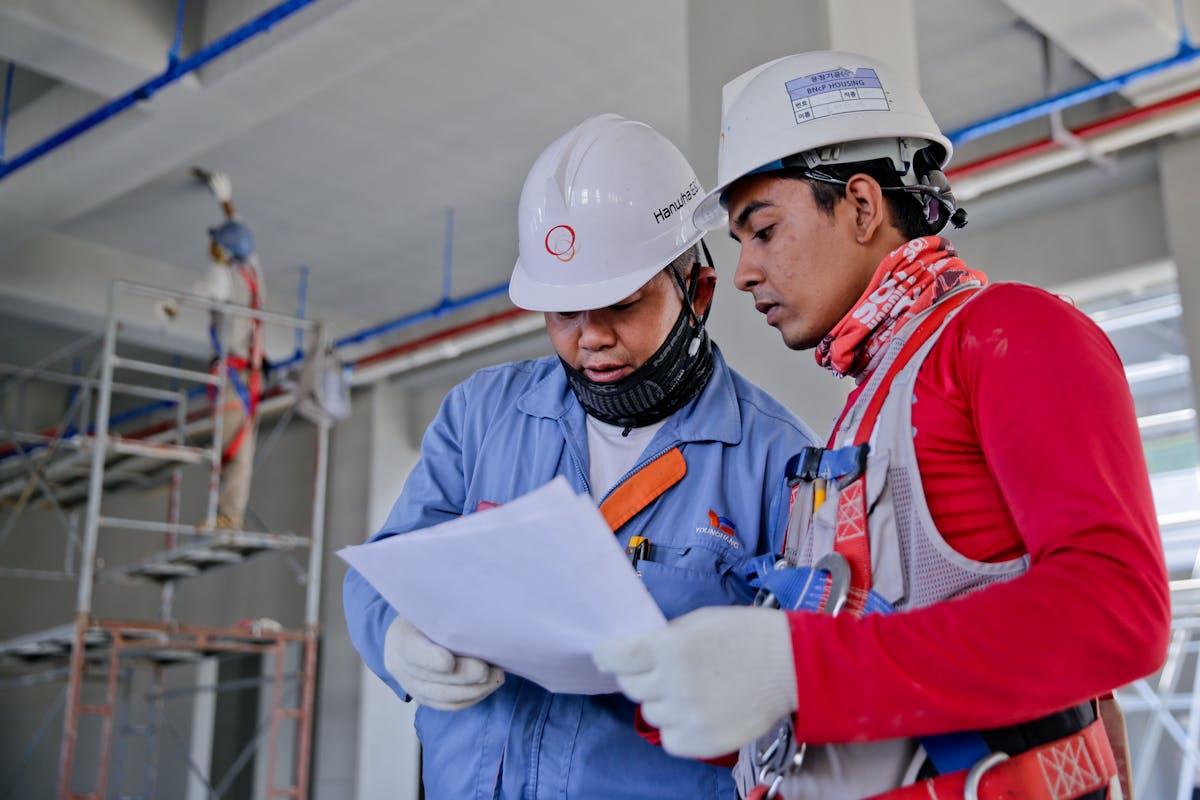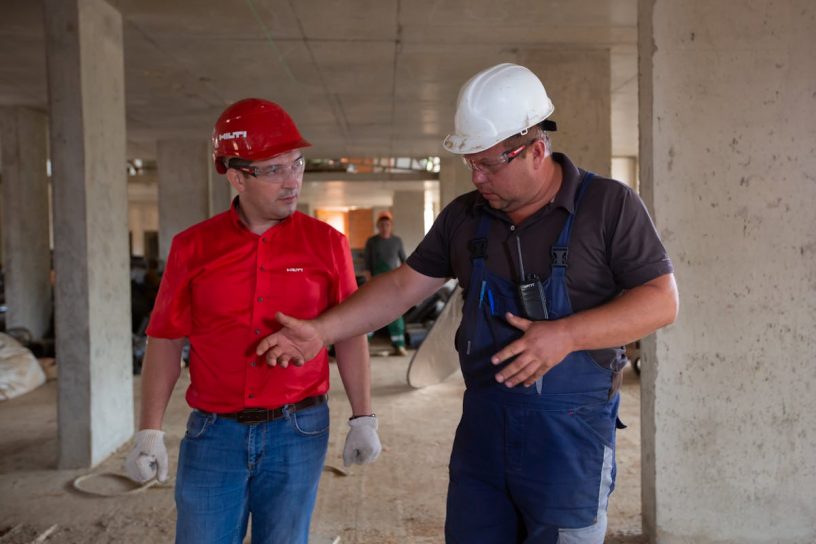
- Transparent communication fosters trust and updates clients on safety protocols.
- Emphasize compliance with regulations like tower crane operator certification.
- Robust safety protocols ensure well-being and minimize hazards on construction sites.
- Utilize technology such as IoT sensors and drones for the safety monitoring of employees and equipment.
- Prioritize safety culture within the company to embed safety in every aspect of the project.
Safety concerns are paramount in the construction industry. For clients investing in construction projects, ensuring the safety of workers and the public is not only a legal obligation but also a moral responsibility. However, despite rigorous safety measures in place, clients may still harbor worries about safety on construction sites. Addressing these concerns effectively is crucial for maintaining client trust and fostering positive relationships. This article will explore different strategies to ease client worries about safety in construction projects.
1. Transparent Communication
Clear and transparent communication is the cornerstone of any successful construction project. Clients need to be kept informed at every stage regarding safety protocols, risk assessments, and mitigation strategies. Establishing open channels of communication allows clients to voice their concerns and receive timely updates on safety measures.
Regular Safety Meetings
Organize regular safety meetings involving both clients and construction team members. These meetings provide an opportunity to discuss safety procedures, address any concerns, and reinforce the commitment to maintaining a safe work environment.
Detailed Safety Reports
Provide clients with detailed safety reports outlining the steps taken to mitigate risks on the construction site. Include information about safety inspections, incident reports (if any), and actions taken to rectify any identified hazards. Transparency in reporting fosters trust and reassures clients of the project’s commitment to safety.
2. Emphasize Compliance with Regulations

Clients often worry about whether construction projects adhere to regulatory standards and industry best practices. Highlighting compliance with relevant regulations and certifications can alleviate these concerns.
Worker Certification
Employing certified professionals, such as those holding the NCCCO tower crane operator certification, demonstrates a commitment to safety and proficiency in operating tower cranes—a critical aspect of many construction projects. Mentioning these kinds of certification assures clients that the construction team comprises skilled individuals capable of safely handling complex machinery.
Regular Audits and Inspections
Conduct regular audits and inspections to ensure compliance with safety regulations and standards. Share the results of these audits with clients to demonstrate the project’s adherence to safety protocols and its proactive approach to risk management.
3. Implement Robust Safety Protocols
Having robust safety protocols in place is essential for minimizing hazards and ensuring the well-being of everyone involved in the construction project. Demonstrating the implementation of comprehensive safety measures can alleviate client concerns.
Safety Training Programs
Invest in thorough safety training programs for all personnel working on the construction site. Ensure that workers are well-versed in safety procedures, emergency protocols, and the proper use of personal protective equipment (PPE). Highlighting these training initiatives underscores the commitment to maintaining a safe working environment.
Site-Specific Safety Plans
Develop site-specific safety plans tailored to the unique challenges and hazards present in each construction project. Share these plans with clients to illustrate the proactive approach to mitigating risks and ensuring safety throughout the duration of the project.
4. Utilize Technology for Safety Monitoring
Advancements in technology have revolutionized safety monitoring on construction sites. Leveraging technology-driven solutions can provide real-time insights into safety performance and enhance overall risk management.
IoT Sensors and Wearables
Deploy IoT sensors and wearables to monitor various safety parameters, such as temperature, air quality, and worker movement. These devices enable proactive identification of potential hazards and allow for immediate intervention to prevent accidents or injuries.
Drone Surveillance
Utilize drones for aerial surveillance of the construction site, providing comprehensive visual data for safety assessments. Drones can identify potential safety hazards, monitor progress from a bird’s-eye view, and ensure compliance with safety protocols.
5. Prioritize Safety Culture
Creating a culture of safety is essential for fostering a mindset where safety is embedded in every aspect of the construction project. Emphasizing the importance of a safety culture can reassure clients of the project’s commitment to prioritizing safety above all else.
Leadership Commitment
Demonstrate leadership commitment to safety by visibly prioritizing safety initiatives and leading by example. When clients see project leaders actively advocating for safety, it instills confidence in the project’s safety culture.
Encourage Reporting and Feedback
Encourage workers to report safety concerns promptly and provide feedback on safety protocols. Establishing a culture where safety issues are addressed openly and constructively reinforces the project’s dedication to continuous improvement in safety practices.
Easing client worries about safety in construction projects requires a proactive and multi-faceted approach. By prioritizing transparent communication, emphasizing regulatory compliance, implementing robust safety protocols, utilizing technology for safety monitoring, and fostering a safety-conscious culture, construction teams can effectively address client concerns and build trust. By demonstrating a steadfast commitment to safety, construction projects can proceed with confidence, knowing that the well-being of workers and the public remains paramount throughout every stage of the project.




Leave a Reply
You must be logged in to post a comment.